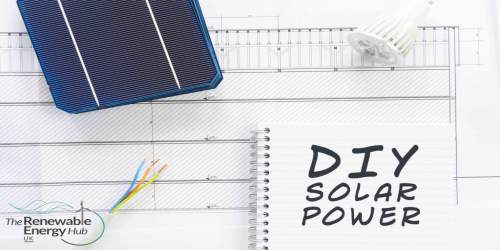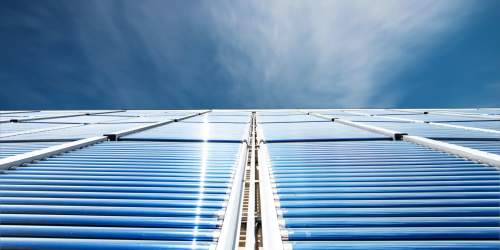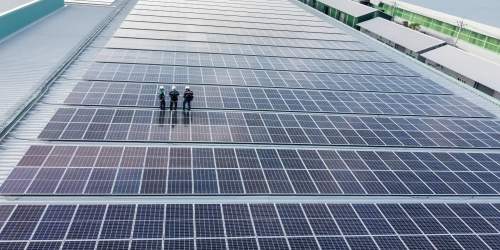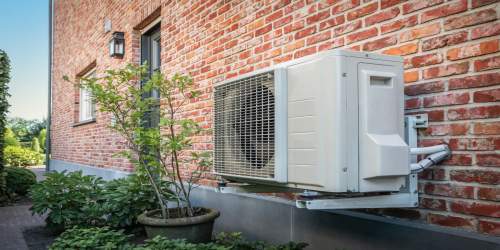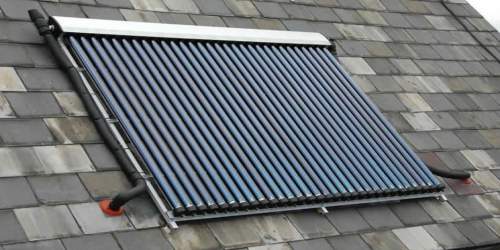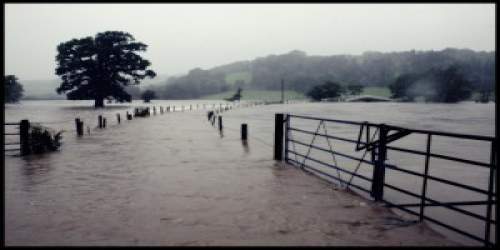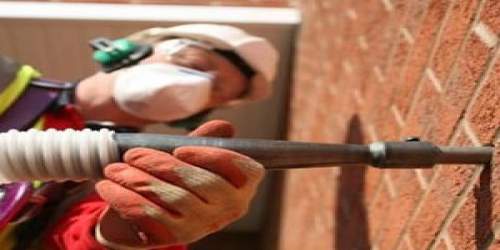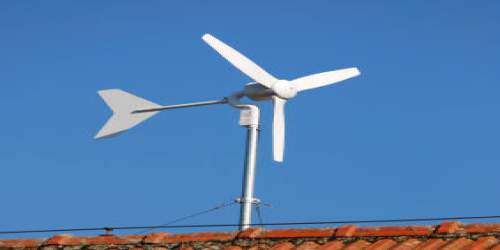So, how do you go about insulating an old house? There are two methods that can be adopted; the traditional method, which works ok in modern homes and the natural method which works great with older homes!
So, what’s the difference: The traditional method uses man-made insulation materials and involves simply adding the insulation to the property. Ok that’s the simplistic description, there is a bit more to it. But essentially that is it. Man-made insulation will absorb water vapour, but it will not release it easily.
The natural method refers to the use of natural insulation materials. These natural insulation products are breathable, and they readily absorb and release water vapour without affecting their ability to insulate your home.

Why is Breathability Important?
Old homes are typically built with solid masonry walls and lime-based mortars and render etc. This structure is breathable and allows the property to stay dry while allowing water vapour to pass through the structure. If you start adding modern manmade insulations to old houses you can create a vapour barrier that stops the movement of the water vapour. And when the water vapour stops, you get problems. These typically take the form of damp, rot, and mould.
So, it’s really important not to create a vapour barrier, so foil backed insulation, polythene sheets and man-made insulation materials should be avoided. Otherwise, you’ll be putting your home at risk.
Surely, when insulating an old house, stopping the water vapour getting into the wall is a good thing?
I can see why people would think this, but you need to remember that water vapour moves through old walls in both directions. Outwards during the winter months, and inwards during the summer months. So, vapour barriers can actually trap moisture within the wall where it can cause issues.
COMPARE PRICES FROM LOCAL INSTALLERS
Compare prices from local companies fast & free
Enter your postcode to compare quotes from leading professionals. We promise to keep your information Safe & Secure. Privacy Policy
So, what’s the solution for Insulating an Old House?
The solution is to use natural insulation materials such as hemp, wood fibre, sheep wool, Jute etc. in conjunction with a vapour control layer on the warm side of the insulation (which allows a small amount of water vapour through in both directions. And, depending on what element you’re insulating a breather layer to the cold side of the insulation to prevent wind wash (where the wind or air moving over the insulation draws warm air out of the insulation and thus reducing its efficiency).
You could even go more hi-tech and use a smart vapour control layer which is a sheet of material that has very small pores to reduce the amount of water vapour passing through it into the wall structure in the winter months and then in the summer months the pores open to allow more water vapour to pass back into the property and not get trapped within structure.
So, in conclusion a vapour BARRIER should be avoided, and a vapour CONTROL layer (VCL) should be used.
Man-made insulation should be avoided, and natural insulation should be used.
Once you get the insulation right what else do you need to consider?
Insulating an old house will reduce the amount of ventilation and this in turn will increase the risk of smells and stale air within the property. So, you’ll also need to ensure that you have adequate CONTROLLED ventilation.
Controlled ventilation is ventilation that is designed into the home, rather than uncontrolled ventilation such as draughts around door, windows, and letterboxes etc. Examples of controlled ventilation include, extractor fans, trickle vents to windows and positive input ventilators. Older homes would not have had these originally, as the structure and windows and doors would have been quite leaky, and many still don’t.
So, after following the above suggestions you now have a well-insulated home, you’ll need to increase the ventilation.
Insulating an old house can be done fairly easily, but it does require a little planning, and the use of the correct materials. But if you, do it right it’ll be easier to heat, will hold onto that heat for longer and will be healthy for you and your family."



